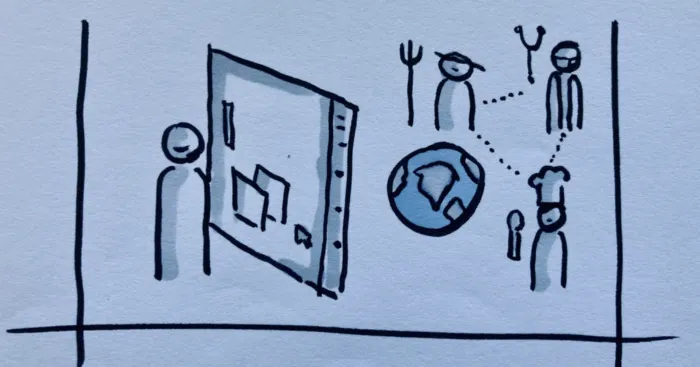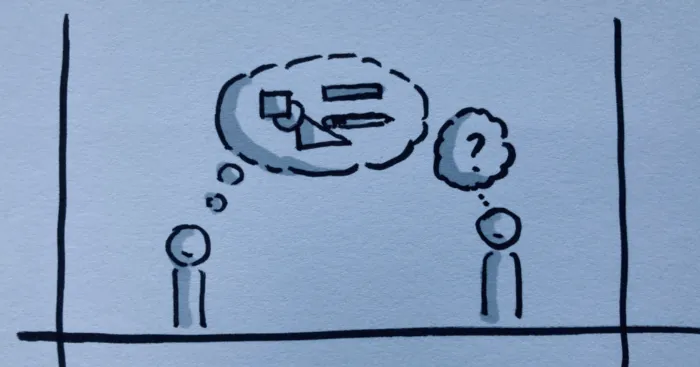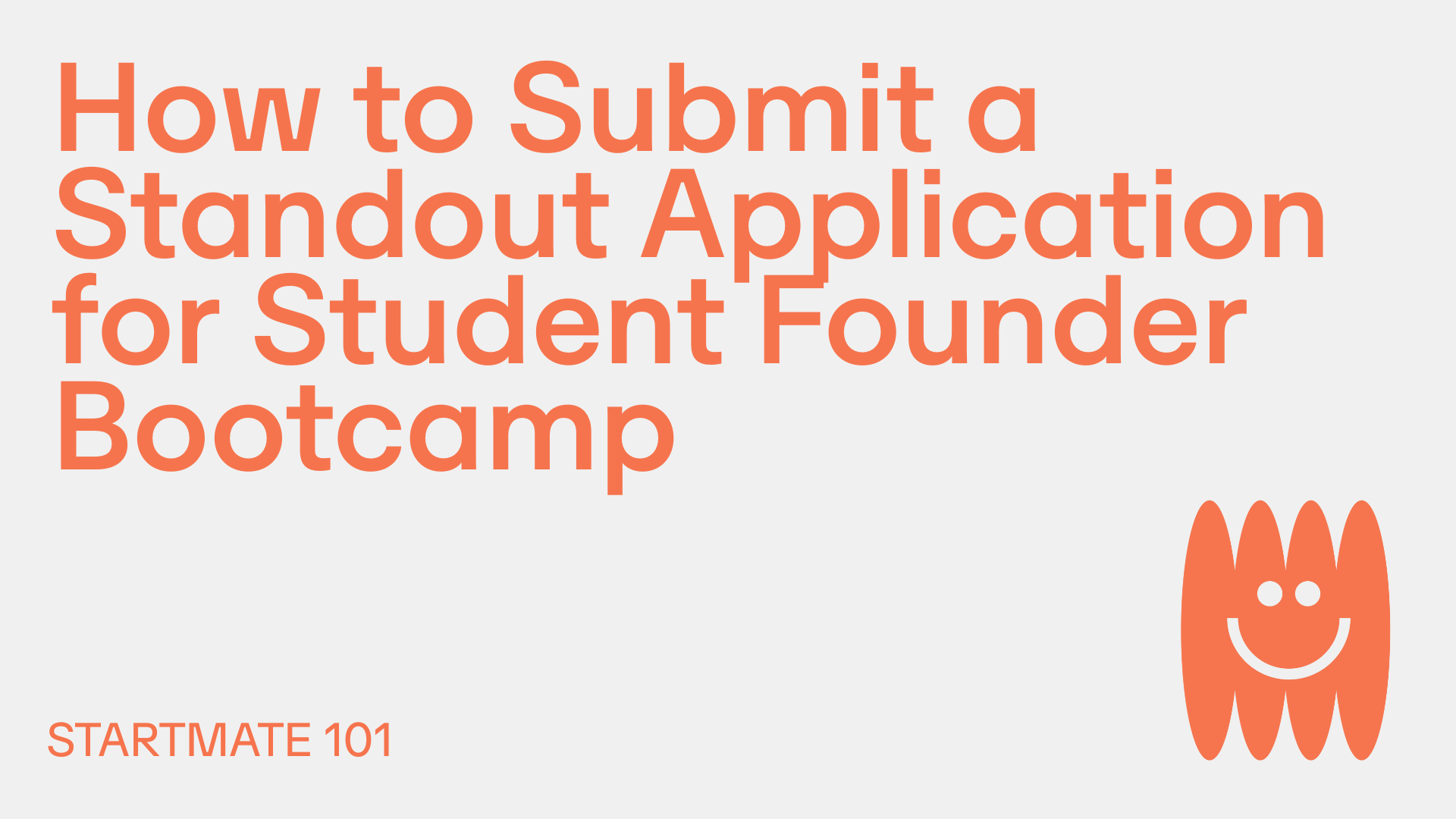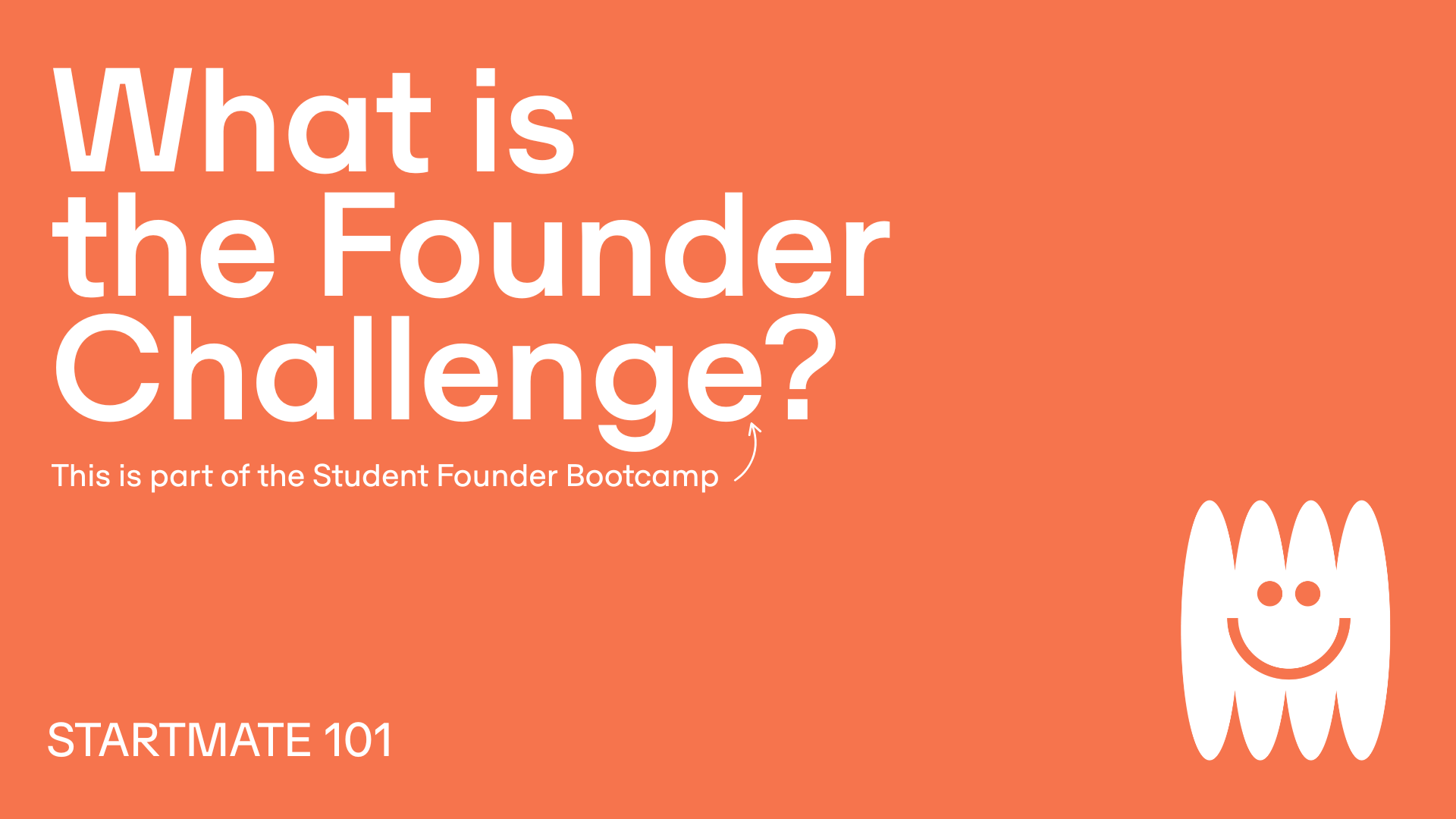My design journey started through a fascination with cars, motorcycles, Walkman, CD players and other consumer products that my father used to show me when he came home from holidays from his job in the Middle East.
As a kid, I always wanted to know how they were made, who made it, and why they made it the way they did. This curiosity has stayed with me, and I am glad that I discovered the design craft, which I can passionately do every day of my life.
Nowadays, I mostly create digital products, but the design piece has more or less been the same.
At this stage of my design journey, I help organisations realise value through design, and in the process, I strive to embed design as a function. As part of this job, I am responsible for building a team that can design products and services at scale efficiently.
Over the last few years, I have been assisting with hiring, and am now actively finding great, hungry talent and aligning them with businesses that value design and are starved of the craft.
Here is the insight I have for emerging talent struggling to find the right opportunities.
Design is a vast craft
I feel this one is the most misunderstood aspect of design — UX, research, interface design, interaction design and so forth.
Just like any other discipline, craft, science or domain, design is a very vast ocean and our lifespan of curiosity, work experience and skills gained will never fill the cup.
Be aware that a course, degree, YouTube videos, Instagram posts and short bursts of intense information injection are like a handful of water from the ocean.
Show respect to the craft and gauge your skills, expertise and experience accordingly. Highlight the areas you believe you are strong in and highlight the areas you want to build strength in.
Example
Tools change every month. Knowing how to use Miro, Figma and Zoom are not design skills, they are basic computer skills. You do not need to fill your resume with a list of tools.
Instead, highlight areas of design ( such as qualitative research, quantitative research, visualisation, problem solving or validating concepts) that you are strong in or passionate about. Try to pick a section of the double diamond concept that you are familiar with and zone into an area you really can show your strengths.
My area of focus when I started was the concept to pilot transition (I honed my skills in sketching, clay/grey/white models and hacking pilot versions of the product). I highlighted that I could come up with alpha and beta products in hours or days as opposed to months. (This was back in 2003–2005 when turnaround times for clay models and physical prototypes were in months and years.)
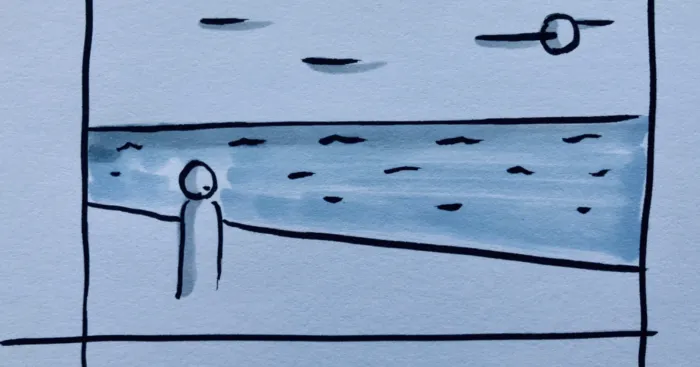
Design is a business
This is something I took me a while to realise. In my world view, my craft was my precious. I wish someone told me sooner that designers don’t just design, programmers don’t just code, product managers don’t just manage, and so on.
Design in a business context is about value creation through collaboration.
In my experience, I have mostly worked in companies that built products and services, so everyone in the team was geared towards making things that mattered to our customers.
If you are early in your design career or transitioning, take some time to put the business spin on your craft.
Example
How can you make your case studies and portfolio tell the business story? Rather than sticking to design case study templates that only appeal to designers (even this community is worn out by this now) explain how your work helped customers and businesses.
Have you helped in increasing or decreasing a business metric (sales, retention, adoption, churn, etc)?
Have you helped in creating new value (something that was unique that helped customers be drawn to your product and services)?
Have you helped bring clarity and efficiency to the team by improving how they make stuff? (You could have helped bring teams together. You could have done something that the team was unaware of through your craft that helped them learn about a blindspot or gain an advantage in how the team functions.)
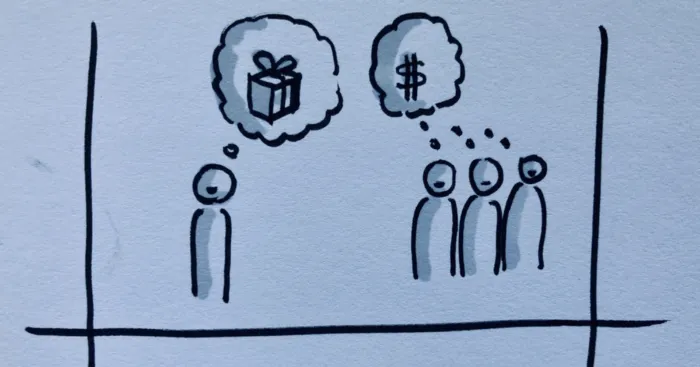
Design is evolving
I don't think this is something academic organisations want you to know when you sign up for courses and degrees.
In the real world outside of academia, design is always conducted within a business context and businesses are always adapting to real-world problems.
This makes the job of a designer more challenging and rewarding as you can never settle. The processes, frameworks, methods, activities are changing every day.
Example
Be open to new concepts and showcase what you are learning. How can you highlight your unique upbringing, cultural background or career transition history that will help businesses adapt?
Having grown up in a developing economy faced with the challenge of accelerated digital adoption, I could highlight the need for testing products in poor connectivity conditions, languages different to English, and the cultural nuances that are hidden behind stereotypes.
Having transitioned from automobile design to software design industry, I could highlight the importance of template-based design artefact production that accelerated divergent thinking. (Have you ever wondered how transportation designers create 1000s of concept sketches in weeks without getting burned out?)
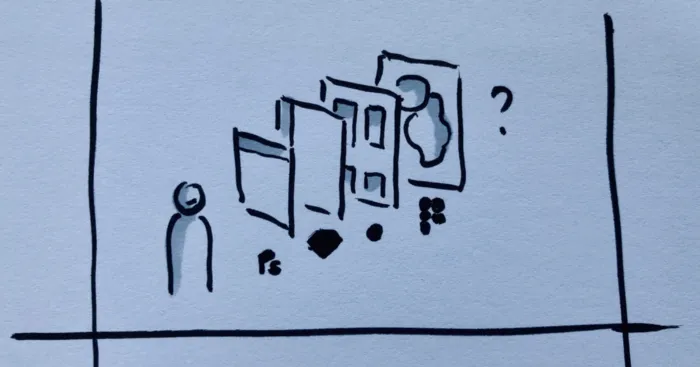
Design as a craft may not solve the world’s biggest problems
Everyone wants to make a positive impact in the world, and realising that the craft you do may be negatively impacting the world could hit you hard.
Reflecting on the impact I have had through design, I helped automobile companies sell more aluminium, plastic, iron, copper and other rare-earth to customers who wanted a unique way to travel and explore the world. This also contributed to customers consuming more non-renewable energy.
This was one of the reasons I moved to digital product design and now working in the construction technology industry. I cannot say that servers, mobile phones, computers and other electronic devices that build up the technology landscape are any better, but software collectively helps bring efficiencies to our world.
At my current job, we help get construction projects to get built better. My work helps bring visibility and transparency into cost overruns, efficiency into resource management and manage risks in high-value earth redefining activities.
This in turn brings efficiencies to productivity to the world’s least digitised sector and the one that contributes to 7% of the world GDP.
This one might be something I should not be telling my younger version as I might get demoralised to not take up design as a craft.
The key lesson I have learned over time is that you need to stop and reflect on what impact you and your work has on people, community and the environment around you.
You may not be in a position to do anything about it right now, but it will help you either fall in love with the craft all over again or hate it.
Either way, you will take action to change the impact you make.
